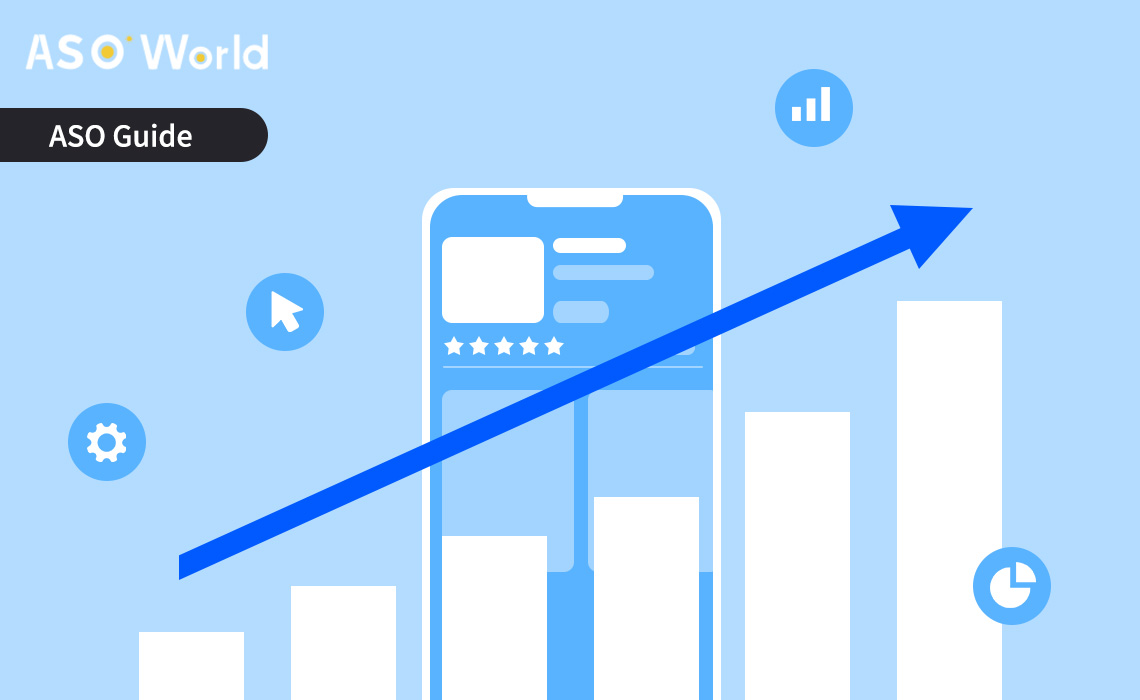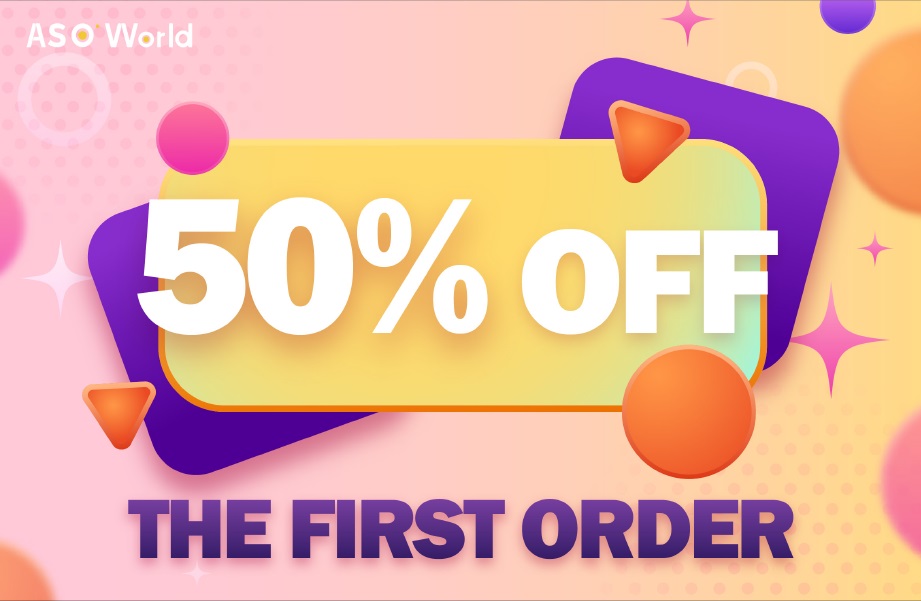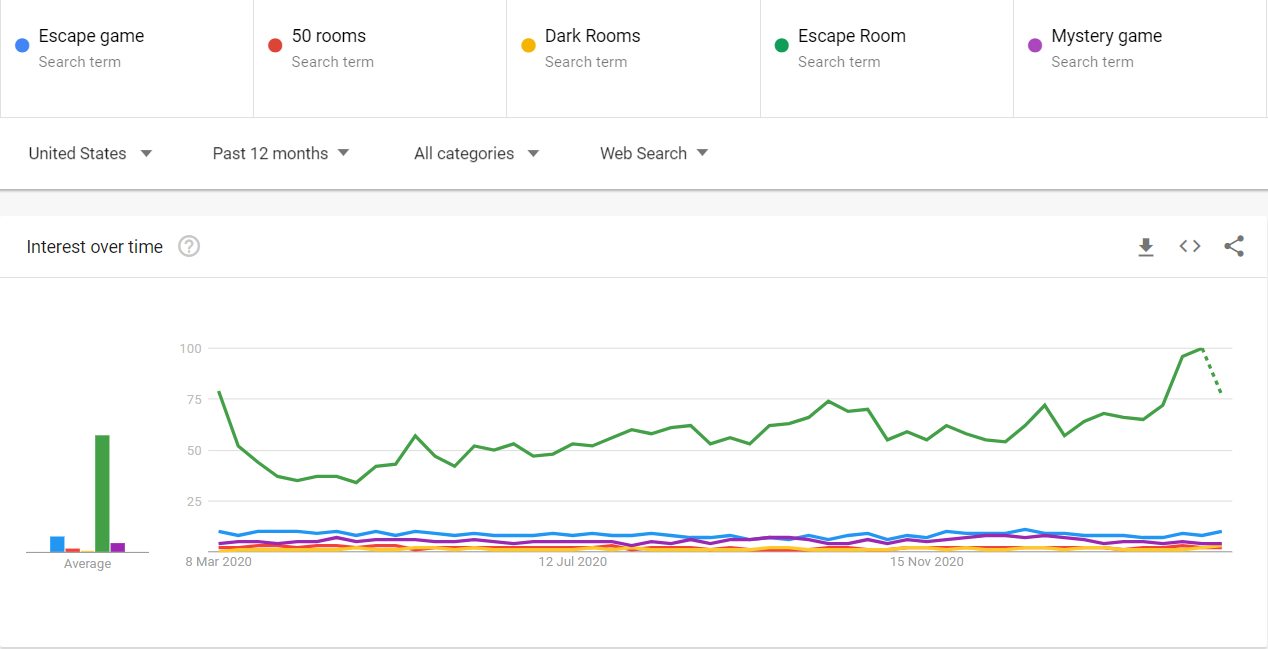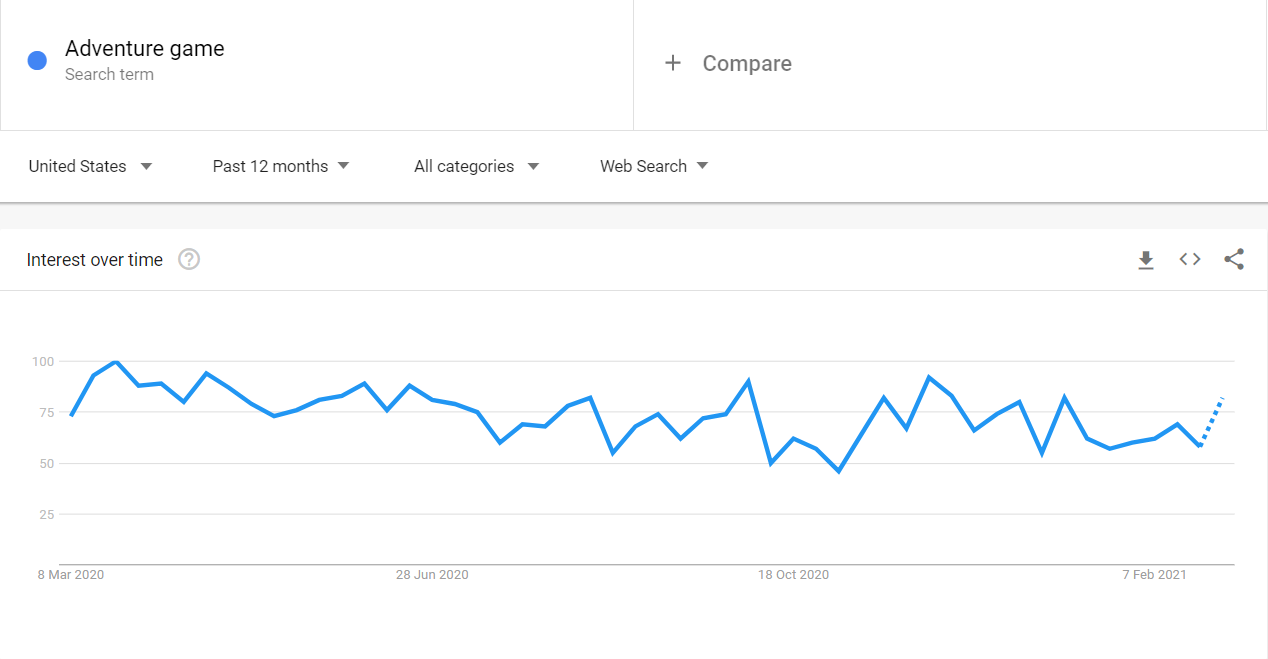How Can iOS App Product Page Localisation Enhance Your ASO Performance?






Choosing the right keywords is key to your app’s success. Here’s a step-by-step guide for new app promoters to kickstart their ASO strategy.

App Store Optimisation(ASO)
Keyword Installs
Package Installs
On-Metadata Optimisation
Off-metadata Optimisation
App Store Optimisation (ASO) involves refining the core metadata of mobile applications to heighten their prominence within the App Store. Approximately 65% of users discover and install apps via keyword searches. Employing ASO techniques enables the attraction of an expanding base of organic users.
Keyword Installs refer to the mechanism whereby an application is located, downloaded, and installed by individuals querying specific terms in the app store.
This approach has proven secure and efficacious in elevating an app's position in keyword search outcomes.
For instance, should over 100 individuals daily locate your app via a particular keyword, access its page, and proceed to download and install, sustaining this influx over several days, your app is likely to ascend the App Store charts.
Roughly 65% of visitors unearth and procure apps through keyword queries in the App Store.

Package Installs denote the procedure by which users download an app utilising its package identifier, App ID, or the complete URL on the Google Play Store (or App ID on the iOS App Store).
Greater installation volumes correlate with improved rankings, thereby augmenting the likelihood of chart-topping placements.
On-Metadata Optimisation pertains to the refinement of foundational metadata within the App Store. The ranking algorithm scrutinises this core data, evaluating aspects such as sectoral alignment and keyword pertinence to ascertain categorical standings.
Incorporate the keyword garnering the highest search volume into the title. Dedicate effort to identifying this term, as frequent alterations may prove counterproductive. As rankings climb and endorsements accumulate, organic dissemination via user recommendations gains momentum. Title modifications could impede this propagation.
Beneath the title in search listings lies the subtitle, constrained to 50 characters on Google Play and 30 on the iOS App Store. It affords an additional opportunity to embed elucidative keywords.
To bolster search standings, ascertain keywords resonant with and frequently employed by your intended demographic. Vigilant oversight of competitors facilitates comparative analysis on a weekly basis.
You possess 252 characters (iOS) or 500 (Google Play) to pitch persuasively and affirm download merit. Conciseness is key, with salient app attributes foregrounded. Integrate pivotal keywords organically, approximately five instances in Google Play (three to five in iOS).
Eschew superfluity; iterative A/B testing may be requisite to discern optimal phrasing.
Secondary ASO Influences
App Store Ranking Algorithm 2023: iOS App Store vs. Google Play Store
These elements exert no direct influence on rankings yet mould visitor perceptions, thereby swaying installation decisions. Resultant conversion rates and download tallies, in turn, impact rankings.
Off-Metadata Optimisation encompasses "Total Number of Downloads" and "Ratings and Reviews."
The confluence of "Primary ASO Metadata" with off-metadata facets like "Total Number of Downloads" and "Ratings & Reviews" wields the paramount effect on rankings; accord these precedence.
Keyword Research & Niche Keywords Assembly
To identify efficacious keywords for your app, consult the piece: How to Conduct Keyword Research & Increase App Visibility at ASOWorld?
Selecting apt keywords benefits from myriad tools to gauge traffic volumes and facilitate comparative selections.
Dark Rooms
Escape game
50 rooms
Escape Room
Mystery game
Adventure game
Escape Room


Prioritise title and subtitle refinements to maximise algorithmic leverage.
App Status on App Store: Freshly launched app exhibiting subdued chart positions, minimal installations, and sparse review foundations.
Promotion Objectives: Establish baseline keyword rankings and pursue categorical spotlight opportunities.
Upon debut, most apps lack keyword penetration and foundational traction, yielding scant natural influx. This predicament afflicts not solely neophytes but also established titles experiencing traffic droughts.
Here, emphasise keyword breadth, excavating long-tail variants to accrue traffic and elevate standings; for apps with nascent volume, augment coverage whilst targeting sectoral and rival terms.
At nascent organic accrual phases, vying for high-stakes industry terms proves arduous against incumbents. Thus, pivot initially towards long-tail excavation.
Daily: 100–300 package installs + 30 ratings (4–5 stars) + 15 reviews, sustained for circa one week.
Note: Craft reviews with elaboration, incorporating keywords. This may enhance coverage and garner featured placements.
Post-implementation, discoverability via low-rivalry keywords emerges, often securing apical positions.
App Status on App Store: App has undergone foundational refinements, amassed initial downloads and endorsements, rendering it searchable via select keywords.
Promotion Objectives: Augment keyword span and elevate visibility.
Certain apps manifest incipient traffic sans robust keyword arrays; prioritise sectoral, competitive, and long-tail expansions atop coverage baselines.
Where modicum coverage persists amid tepid traffic and scant exposure, curate and sustain high-traffic terms.
This juncture emphasises sectoral and competitive terms, iterating coverage to broaden viable lexicons, amplify mainstream keyword prominence, advance principal rankings, and ultimately surge organic inflows.
Target 3–5 established keywords for installs—typically mid- to low-rivalry, inclusive of tailored long-tails from sectoral staples.
Daily: 800–1000 keyword installs + 80 ratings (4–5 stars) + 50 reviews (elaborate, keyword-infused), for approximately 10 days.
Cycle through emergent mid-rivalry keywords, incrementally boosting post-query impressions. Organic traffic and coverage accrue progressively.
App Status on App Store: App boasts partial keyword dominion (high-rivalry terms rank commendably, yet sectoral headliners linger beyond 200, obscuring user detection).
Promotion Objectives: To heighten visibility and organic throughput.
Apps with long-tail footholds and stabilised volume prerequisites pivot to keyword refinement and volumetric potency.
Notwithstanding suboptimal mainstream rankings, concentrate on traffic and acquisition via mainstream coverage, sectoral, and competitive emphases.
Amplify viable keyword standings whilst scrutinising rivals and headliners; extrapolate from core, competitive, and popular lexicons or demographics.
Daily: 1500–2000 keyword installs + 200 ratings + 100 reviews, for about one week.

Get FREE Optimization Consultation
Let's Grow Your App & Get Massive Traffic!
All content, layout and frame code of all ASOWorld blog sections belong to the original content and technical team, all reproduction and references need to indicate the source and link in the obvious position, otherwise legal responsibility will be pursued.
Comments
Esther Rogers
@Arthur Peterson Just like Google Analytics for web page marketing, there are a number of powerful app store analytics tools that are designed to help your mobile marketing strategy. You will be able to see where your app stands in relation to the competition, and boost your store ranking accordingly.
Esther Rogers
@Arthur Peterson These app analytics tools are helpful because they give you hard data about all sorts of measurements related to your app. They can show you what you’re doing wrong in marketing your app, what you could be doing to improve your app store ranking, and much more.
Aubrey Hart
@Isaac Pearson If you run an Android app, one of the key ways of ensuring its high discoverability is by optimizing it for Google Play Store – so, making it stand out among the tens of other options available. Especially, as we’re talking about 2.9 million apps on Google Play worldwide!
Janet Ortega
@Frank Hernandez Positive ratings and reviews, both in terms of quality and quantity, have a huge impact on your App Store Optimization efforts. It’s in your best interest to get as many as you can. Of course, they need to be honest reviews from people who have actually downloaded the app.
Janet Ortega
@Frank Hernandez You can encourage users you know through word of mouth to leave a good review of your app on the App Store or Google Play.
Janet Ortega
@Frank Hernandez Another way to get app store reviews might be sending a push notification to encourage users to review your app (as long as you’ve gotten permission to send push notifications).
Janet Ortega
@Frank Hernandez You can also have an in-app pop-up notification asking the user to leave a good review if he or she liked it.
Ollie Cummings
@Raquel Cole There are many factors that contribute to a mobile app’s success on the market. Apart from the overall and value it delivers, it must also be easy to find by potential users.
Ollie Cummings
@Raquel Cole If you run an Android app, one of the key ways of ensuring its high discoverability is by optimizing it for Google Play Store – so, making it stand out among the tens of other options available. Especially, as we’re talking about 2.9 million apps on Google Play worldwide!
Lucy Meyer
@Silvia Wright As a first step, app developers and marketers usually start by setting up a collection of search terms that people use to find apps in the app stores. Following suit, you should think of terms people might use to search for your mobile apps.
Lucy Meyer
@Silvia Wright This can be your brand name, app name, and main app functionalities. Keyword research is one of the most time-intensive tasks in the ASO workflow.
Lucy Meyer
@Silvia Wright Obtaining keywords and keyword inspiration from app store auto-suggestions are practical because you automatically get a sense of what other keywords the app store algorithms think are relevant to the one you just searched.